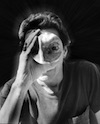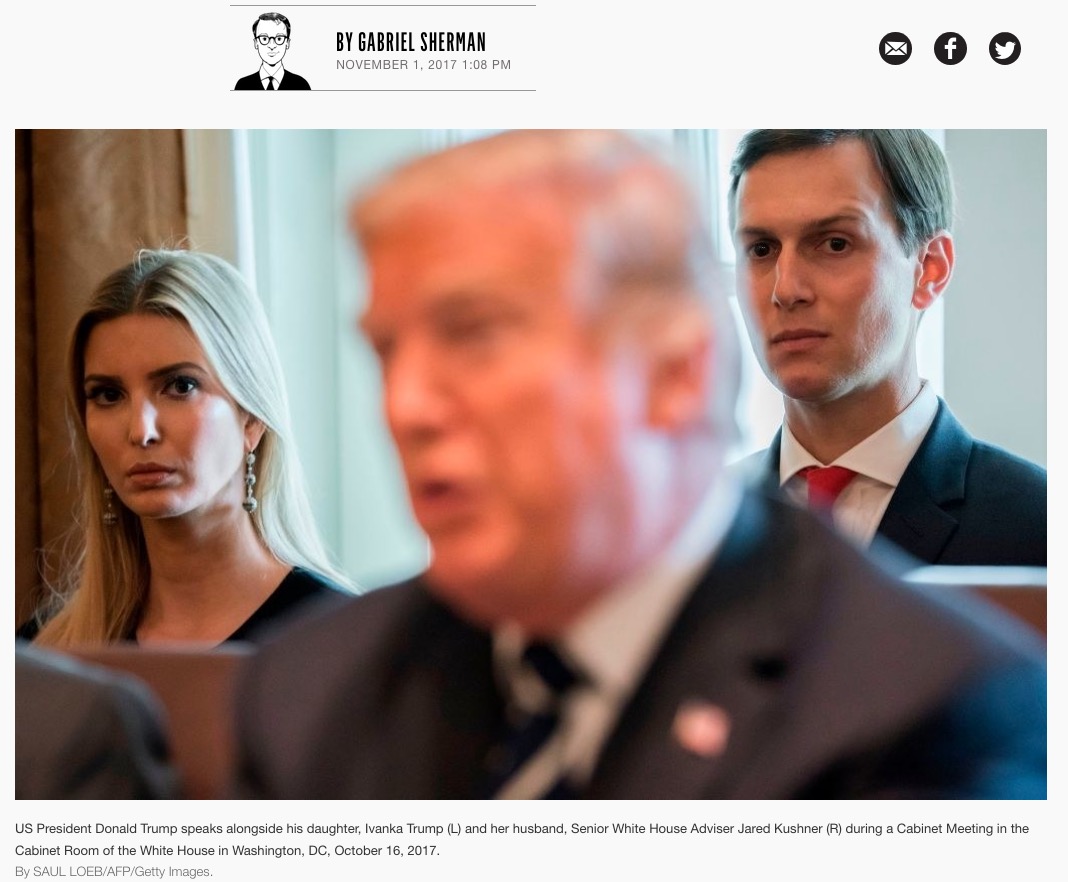 In January 2018 I initiated my coverage of the visual component of the Trump Gang’s treasonous collusion with Vladimir Putin and Russia, which has come to be known as Kremlingate, along with the visual response to that unfolding scandal.
In January 2018 I initiated my coverage of the visual component of the Trump Gang’s treasonous collusion with Vladimir Putin and Russia, which has come to be known as Kremlingate, along with the visual response to that unfolding scandal.
As with my analyses of the imagery that emerged from and accompanied the 2012 presidential election (Obama-Biden vs. McCain-Palin) and the 2016 election cycle (Trump-Pence vs. Clinton-Kaine), I believe this major news story has a visual aspect that — subliminally, at the very least — has both probative value in the ongoing investigations and a substantial effect on public response to the issues involved. Thus this visual material will likely have some impact on the outcome. Yet the power and credibility of that visual material goes unacknowledged, and thus unexamined.
Trump and his co-conspirators have enacted their plot in remarkably public fashion, providing a trail of ongoing and readily available evidence thereof, much of it digital and much of it visual. Selfies, tweets, emails, charts, official and amateur photos and videos — as Trump himself would put it, people are saying that this is the most visually documented coup d’etat in all of history. Since, as such, this falls within my territory, I have decided to take it up for the duration, meaning that I’ll pursue it until, one way or another — whether by impeachment, arrest, removal via the 25th Amendment, or early retirement on medical grounds — the Traitor-in-Chief leaves office.
•
The links below, in reverse chronological order, will take you to the posts in this series. I suggest starting with the earliest post and working your way forward from there.
- Kremlingate: The Visuals (2) (2/4/18): In which I discuss the extensive journalistic analysis of that curious photo of Trump administration “coffee boy” George Papadopoulos in London, and the illustrations in Vladimirovich Platov’s adult coloring book The Pee Pee Tape: Exclusive.
- Kremlingate: The Visuals (1) (1/14/18): In which I discuss Michael Wolff’s just-published Fire and Fury: Inside the Trump White House, including the cover thereof, and the Republican National Committee’s inept visual response thereto.
It appears as the lead illustration for “‘You Can’t Go Any Lower’: Inside the West Wing, Trump Is Apoplectic as Allies Fear Impeachment,” Gabriel Sherman’s November 1, 2017 Vanity Fair report. Here’s a screenshot:

Ivanka Trump (l), Donald Trump (center) Jared Kushner (r), White House, October 16, 2017. Photo by Saul Loeb. (Screenshot from Vanity Fair feature article, November 1, 2017.)
Certainly unusual to have a large, looming out-of-focus mass in the foreground, occupying close to half of the entire frame in what’s nominally a news photo. My congratulations to Loeb for making it, and to his picture editor at Vanity Fair for choosing it over more conventional images from the same session.
Because this one resonates. There you have POTUS, portrayed as an unfinished plasticine bust, features barely roughed in, almost unrecognizable were it not for the two immediately identifiable figures behind him. And there in the background you have daughter Ivanka and son-in-law Jared, in sharpest focus, looking like terrified birds so hypnotized that they can’t avert their eyes even when the snake turns its head away from them. Staring at him but also, or so it seems, simultaneously staring at you, the viewer.
•
 Special offer: If you want me to either continue pursuing a particular subject or give you a break and (for one post) write on a topic — my choice — other than the current main story, make a donation of $50 via the PayPal widget below, indicating your preference in a note accompanying your donation. I’ll credit you as that new post’s sponsor, and link to a website of your choosing. Include a note with your snail-mail address (or email it to me separately) for a free signed copy of my 1995 book Critical Focus!
Special offer: If you want me to either continue pursuing a particular subject or give you a break and (for one post) write on a topic — my choice — other than the current main story, make a donation of $50 via the PayPal widget below, indicating your preference in a note accompanying your donation. I’ll credit you as that new post’s sponsor, and link to a website of your choosing. Include a note with your snail-mail address (or email it to me separately) for a free signed copy of my 1995 book Critical Focus!
 But wait! There’s more! Donate now and I’ll include a copy of The Silent Strength of Liu Xia, the catalog of the 2012-13 touring exhibition of photos by the dissident Chinese photographer, artist, and poet, currently in her sixth year of extralegal house arrest in Beijing. The only publication of her photographic work, it includes all 26 images in the exhibition, plus another 14 from the same series, along with essays by Guy Sorman, Andrew Nathan, and Cui Weiping, professor at the Beijing Film Academy.
But wait! There’s more! Donate now and I’ll include a copy of The Silent Strength of Liu Xia, the catalog of the 2012-13 touring exhibition of photos by the dissident Chinese photographer, artist, and poet, currently in her sixth year of extralegal house arrest in Beijing. The only publication of her photographic work, it includes all 26 images in the exhibition, plus another 14 from the same series, along with essays by Guy Sorman, Andrew Nathan, and Cui Weiping, professor at the Beijing Film Academy.





